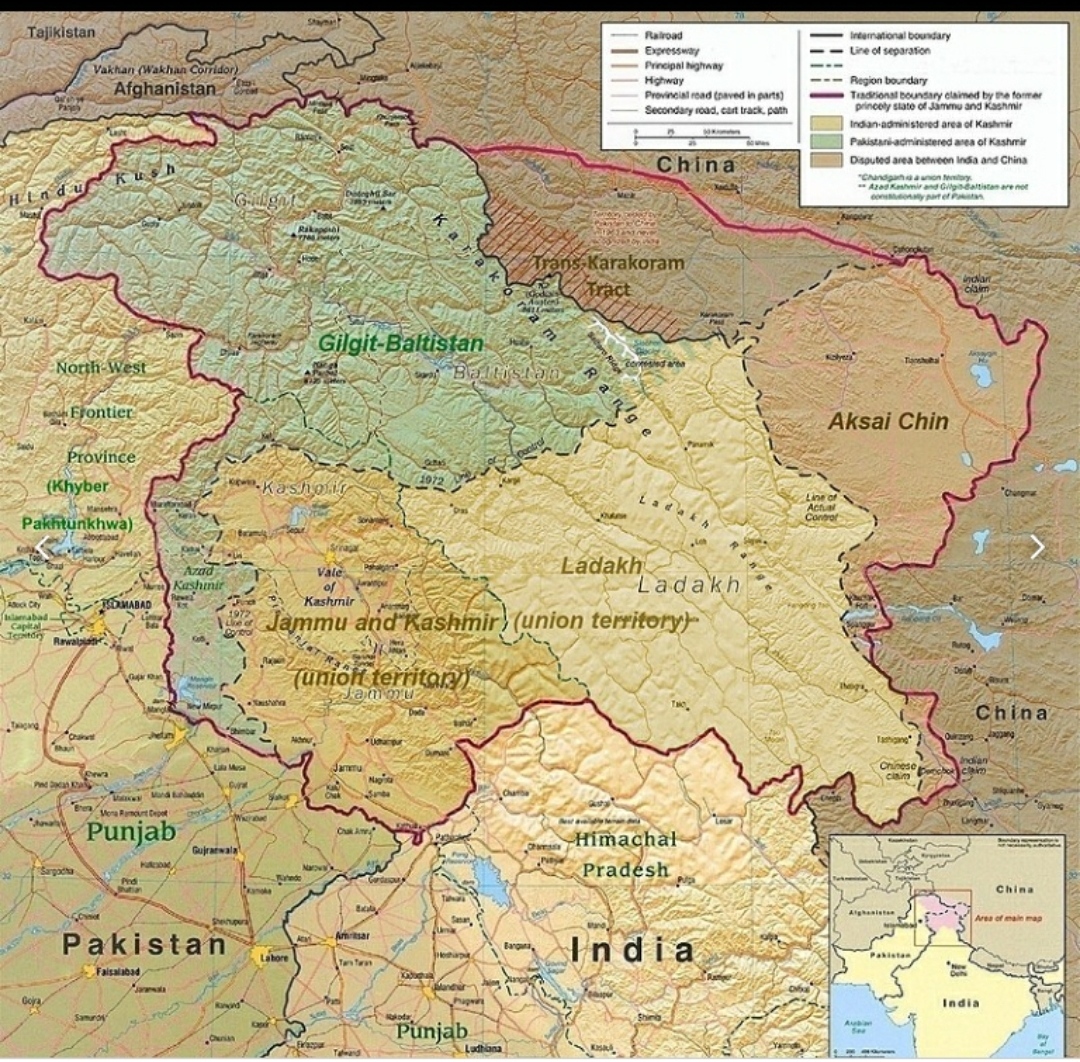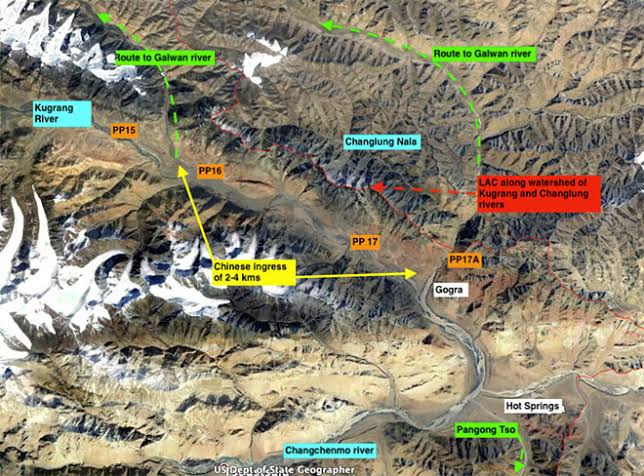An Ex Chinese Military Moots ‘BUFFER ZONES’ ….Now An Ex Indian Military Seconds Tibet As The Buffer Zone

Says, previously agreed CBMs should be revisited and the less-contentious ones enforced….. the Indian Colonel suggests going back all the way and achieve more permanent solution.
A retired senior Chinese military official has proposed that China and India should implement the existing confidence building measures (CBMs) and follow up by taking the “boldest step” of establishing “buffer zones” in the “most dangerous areas” along the Line of Actual Control (LAC) to prevent any border dispute from spilling over into a conflict.
The above is totally seconded by a retired military official of the Indian Army. Very good idea which had actually been there from 5000 BC till 1962 AD. It is ridiculous that today Beijing and New Delhi have been hijacked by a petty dispute that is a remnant of the British GREAT GAME and has badly impeded the rise of Asia on the World Stage.
China- India have never been foes but then the 1962 happened for the first time and the consequences stare in our face till date. Howecer the border issue should not remain a perennial curse. The two nuclear neighbours can ill-afford any war not even a conventional one. Any such war will give a big boost to the Western Countries in dominating the World Affairs.
In the first deadly clash in the border area in nearly five decades, 20 Indian soldiers were killed on June 15 last year in the Galwan Valley in fierce hand-to-hand combat with Chinese troops. The PLA lost 45 officers and soldiers and more than 40 were badly wounded including the Regimental Commander. This triggered a large scale matching deployment of troops and heavy weaponry by both armies at the in eastern Ladakh.

Significantly Bo, who is a senior fellow at the Centre for International Security and Strategy at Tsinghua University here, chose to publish the article containing his proposals to defuse the tensions in the Hong Kong media instead of China’s official media.
“A year after the shock of a fatal border clash, tensions remain high with no consensus on how to resolve the issues over an unverified LAC,” he noted. The aftermath is still being felt today. Beijing was given the cold shoulder when it offered to help pandemic-devastated India. Such resentment speaks volumes of the frosty relationship, he pointed out.
“To prevent conflict, both sides should dust off previously agreed confidence-building measures and enforce the less-contentious ones,” he suggested.
Bo, while addressing the question on “how to prevent the dispute from spilling over into a conflict”, did touch upon India’s demand for withdrawal from the remaining areas of eastern Ladakh.
Between 1993 and 2013, China and India reached four agreements on confidence-building measures at governmental and military levels. This is more than any bilateral agreements China has signed with other countries. The four agreements India and China signed in that period included the 1993 Agreement on the Maintenance of Peace and Tranquillity along the LAC and the 1996 Agreement on Confidence-Building Measures in the Military Field along the LAC.
“If only these measures were being implemented. In fact, both sides are strengthening their military presence in the region. This is no surprise in the wake of a crisis. But when the situation cools down, both countries will have to think about how they can best make the border areas peaceful and tranquil. Perhaps the boldest step might be to establish buffer zones in the most dangerous areas along the LAC. Without prejudicing their respective positions on the boundary question, this is the most effective way to disengage and prevent conflict,” Bo said.
Bo suggests going in for LOW HANGING FRUITS by the diplomatic and military experts of both side carrying out the negotiation.
Whereas a retired Indian Colonel Awadhesh Kumar who has served both in Ladhak and Arunachal Pradesh says that both China and India should learn from their history. As a first step, PLA must vacate entire Ladhak including areas handed over to it by Pakistan out of Pakistan Occupied Baltistan.
Then in the next step the Tibet India Border must be demarcated both on ground and on map and approved by both the Indian Cabinet and the Poliburo of the Chine Communist Party. Thereafter it must be ratified by both the Indian Parliament and the Central Committee of the Chinese Communist Party.
As the third step entire Tibet ( as per 1947 map ) should get an elected government like Hong Kong. This will not only ensure total peace between the two Countries China and India but will also normalized Trade and Commerce.
The entire World will then witness the rise of both the Asian Giants. The complexity of the China-India dispute is recent compared to the 7000 years of peaceful existance. Let Buddha smile again on Peace between the two.


